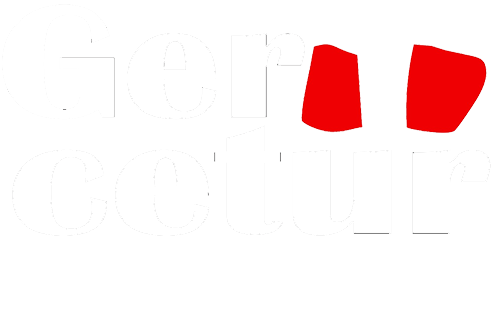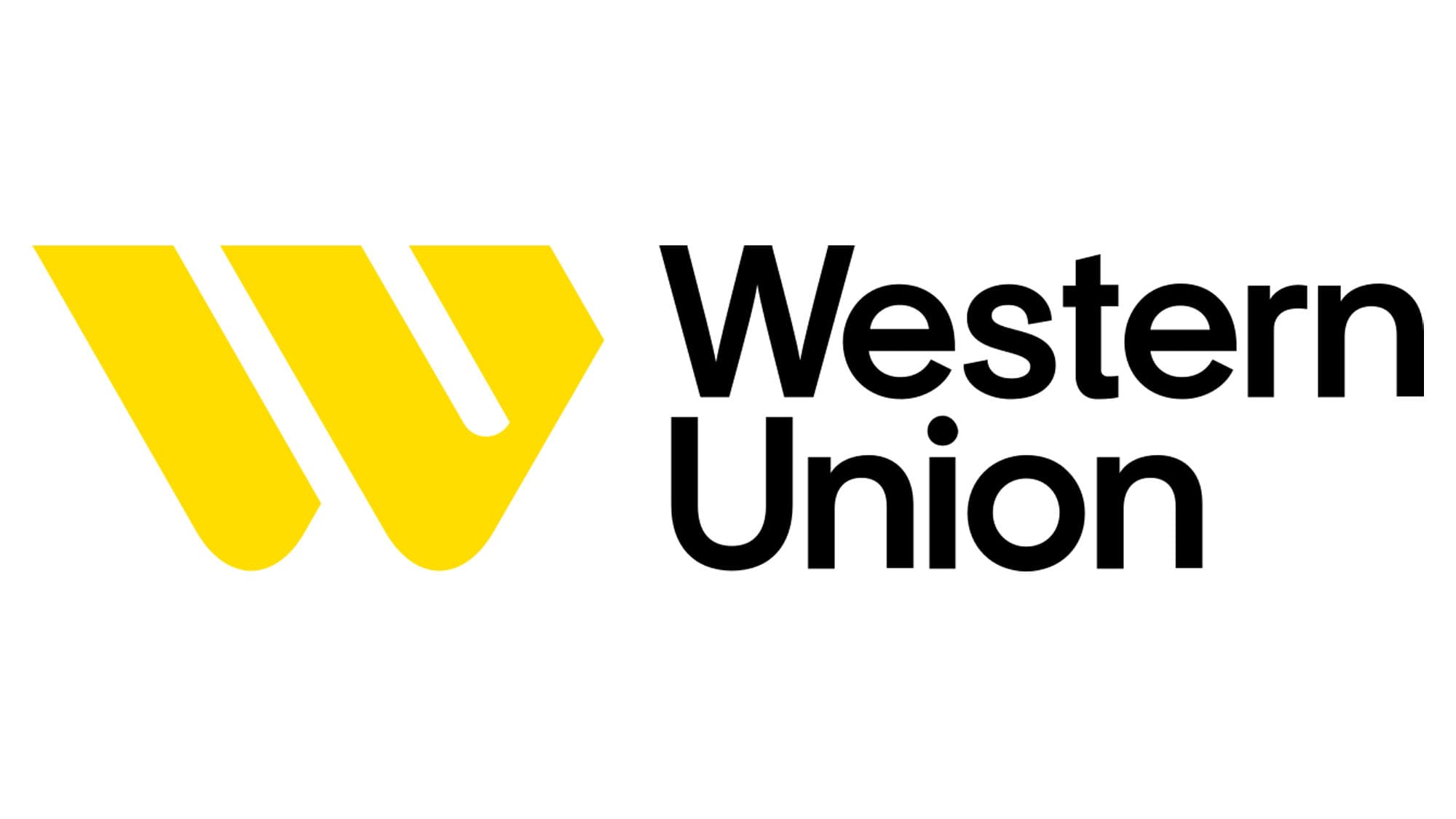Lima
Lima, the capital and largest city of Peru, is a vibrant metropolis that blends rich history, diverse culture, and modern development. Situated on the central western coast of South America, Lima is known for its strategic location overlooking the Pacific Ocean and its role as the political, cultural, and economic hub of the country.
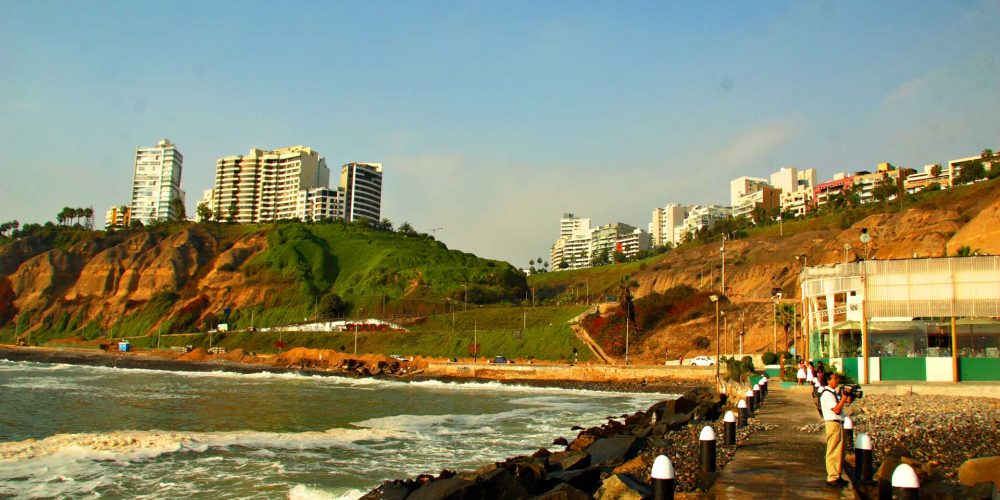
Table of Contents
Overview
Lima, the capital and largest city of Peru, is a vibrant metropolis nestled along the country’s Pacific coastline. With a rich history dating back to pre-Columbian times, Lima seamlessly blends its ancient past with modern influences. The city is renowned for its diverse culinary scene, considered one of the best in the world, offering a tantalizing array of flavors that reflect Peru’s cultural melting pot. Lima’s historic center, a UNESCO World Heritage Site, showcases elegant colonial architecture, including the iconic Plaza de Armas and the imposing Cathedral of Lima. The city also boasts a thriving arts and entertainment scene, with numerous museums, galleries, and theaters that celebrate Peru’s cultural heritage. Lima’s coastal cliffs provide breathtaking views of the Pacific Ocean, making it a city that captivates visitors with its unique charm and multifaceted identity.
History
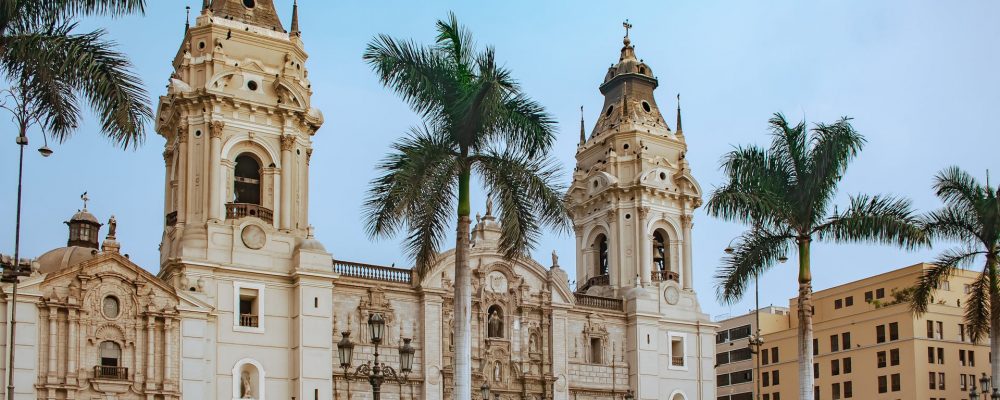
Lima, the capital and largest city of Peru, has a rich and diverse history that spans thousands of years. The city’s history can be traced back to pre-Columbian times when it was originally inhabited by indigenous peoples. Here is an overview of Lima’s historical journey:
Pre-Columbian Era:
Lima’s history begins with the presence of various ancient cultures in the region, including the Lima culture, which thrived around 2000 BCE. The area was later inhabited by the Wari and the Ichma civilizations before the arrival of the Inca Empire.
Inca Period:
In the 15th century, the Inca Empire, led by Emperor Pachacuti, expanded its territory to include the coastal region where Lima is located. The Incas built several administrative centers, and while Lima wasn’t a major city at that time, it served as a stop along the coastal route.
Spanish Conquest:
In 1532, the Spanish conquistador Francisco Pizarro and his troops arrived in the region. They encountered the Inca ruler Atahualpa near Cajamarca and eventually captured him. With the fall of the Inca Empire, the Spanish established their control over the region. In 1535, Pizarro founded the city of Lima, naming it “Ciudad de los Reyes” (City of the Kings). The city became an important administrative center and a hub for trade between Spain and its colonies.
Colonial Period:
During the colonial period, Lima became the capital of the Viceroyalty of Peru in 1542, a status it maintained for nearly three centuries. The city’s architecture flourished with the construction of churches, monasteries, and mansions, many of which are still standing today. The Plaza de Armas, surrounded by important colonial buildings, became the heart of the city.
Independence and Republican Era:
Lima played a crucial role in the struggle for independence in the early 19th century. On July 28, 1821, General José de San Martín declared Peru’s independence from Spanish rule in Lima’s Plaza de Armas. The city then became the capital of the newly independent Republic of Peru.
20th Century to Present:
Lima experienced significant growth and modernization during the 20th century. Population influxes from rural areas contributed to urbanization, leading to the expansion of the city. In recent decades, Lima has faced challenges such as rapid population growth, traffic congestion, and environmental issues. However, it remains a vibrant cultural and economic hub, with a rich culinary scene, historical sites, and a diverse population.
Today, Lima stands as a testament to the blending of indigenous, colonial, and modern influences, making it a city of both historical significance and contemporary dynamism.
Things to do
Lima, the capital and largest city of Peru, is a vibrant metropolis that offers a rich blend of history, culture, and modernity. Here are some things to do in Lima:
Explore the Historic Center (Centro Histórico): Wander through the UNESCO-listed historic center of Lima, where you’ll find colonial-era architecture, including the stunning Plaza Mayor, the Government Palace, and the Cathedral of Lima.
Visit the Larco Museum: This museum, located in the Pueblo Libre district, houses an impressive collection of pre-Columbian art, including ceramics, textiles, and gold and silver artifacts. The museum is set in a beautiful colonial mansion and features a well-maintained garden.
Discover the Magic Water Circuit: Located in Parque de la Reserva, the Magic Water Circuit is a series of fountains that come to life with colorful lights and music in the evening. It’s a magical and interactive experience for visitors of all ages.
Take a Stroll along the Malecón: Enjoy the scenic views of the Pacific Ocean by taking a walk along the Malecón, a cliffside boardwalk that stretches along the coastline. It’s a great place to relax, exercise, or simply enjoy the sunset.
Culinary Tour in Miraflores: Lima is renowned for its gastronomy, and the district of Miraflores is a culinary hotspot. Explore the diverse culinary scene, from street food to upscale restaurants. Don’t miss trying ceviche, a popular Peruvian dish made with raw fish cured in citrus juices.
Visit the Barranco District: Known for its bohemian atmosphere, Barranco is filled with colorful houses, art galleries, and trendy cafes. Walk across the Puente de los Suspiros (Bridge of Sighs) and explore the vibrant street art.
San Francisco Monastery: This historic monastery, located in the heart of Lima, is famous for its catacombs, library, and a collection of religious art. Take a guided tour to learn about its fascinating history.
Paragliding in Miraflores: For thrill-seekers, paragliding over the cliffs of Miraflores offers breathtaking views of the city and the Pacific Ocean. There are experienced instructors available for those who are new to paragliding.
Day Trip to Pachacamac: Just outside Lima, Pachacamac is an archaeological site that was once an important pre-Columbian religious center. Explore the ruins of temples and pyramids that date back to the Inca and earlier civilizations.
Attend a Cultural Event: Check out the local events and festivals happening during your visit. Lima hosts numerous cultural events, including music festivals, dance performances, and art exhibitions.
These activities offer a taste of Lima’s diverse attractions, combining history, culture, and the natural beauty of the Pacific coastline.
District City
Lima, the capital and largest city of Peru, is divided into several districts, each with its own unique characteristics, history, and cultural identity. These districts play a crucial role in shaping the overall landscape of Lima and contribute to the city’s diversity. While I cannot provide real-time information, I can offer a general overview of some notable districts in Lima up until my last knowledge update in January 2022.
Miraflores:
Miraflores is one of the most upscale and tourist-friendly districts in Lima.
Known for its scenic cliffs overlooking the Pacific Ocean, Miraflores offers beautiful parks, upscale shopping centers, and a vibrant nightlife.
The district is popular for its upscale hotels, trendy restaurants, and cultural attractions.
Barranco:
Barranco is a bohemian district known for its artistic and cultural atmosphere.
It features colorful colonial architecture, art galleries, and numerous murals.
Barranco is a hub for nightlife, with many bars and clubs catering to a diverse crowd.
San Isidro:
San Isidro is a financial and residential district with upscale homes, offices, and embassies.
Green spaces, such as El Olivar Park, provide a contrast to the urban environment.
The district is known for its high-end restaurants and shopping centers.
Lince:
Lince is a central district with a mix of residential and commercial areas.
It is characterized by mid-range housing, local markets, and small businesses.
Lince provides a more local and authentic experience compared to some of the more tourist-oriented districts.
La Molina:
La Molina is a residential district known for its suburban feel.
It has large houses, parks, and is considered one of the wealthier areas in Lima.
La Molina is also known for its educational institutions and sports facilities.
Chorrillos:
Chorrillos is a coastal district with a mix of residential and industrial areas.
It has historical significance, as it was a key location during the War of the Pacific.
Chorrillos features beaches and parks, making it a destination for outdoor activities.
Surco:
Santiago de Surco, commonly known as Surco, is a large and diverse district.
It has a mix of residential, commercial, and industrial areas.
Surco is known for its parks, shopping centers, and cultural events.
Each district in Lima contributes to the city’s overall charm and diversity, offering residents and visitors a wide range of experiences and atmospheres. While some districts are more modern and cosmopolitan, others retain a more traditional and historical feel. Lima’s district cities collectively create a dynamic urban landscape that reflects the rich cultural tapestry of Peru’s capital.
Hotels

Lima, the capital and largest city of Peru, offers a diverse range of hotels catering to the needs of various travelers, from luxury seekers to budget-conscious visitors. As a bustling metropolis with a rich history, vibrant culture, and stunning coastal views, Lima has become a popular destination for both business and leisure travelers. Here’s an overview of the types of hotels you can find in Lima:
Luxury Hotels:
Belmond Miraflores Park: Situated in the upscale Miraflores district, this five-star hotel offers luxurious accommodations with breathtaking views of the Pacific Ocean. It boasts elegant rooms, a rooftop pool, and top-notch dining options.
JW Marriott Hotel Lima: Located in the heart of Miraflores, this upscale hotel provides a sophisticated experience with spacious rooms, multiple dining choices, and amenities such as a spa and fitness center.
Mid-Range Hotels:
Hotel B: Nestled in the bohemian district of Barranco, Hotel B combines historical charm with modern comforts. Housed in a beautifully restored mansion, it offers boutique-style accommodations, an art gallery, and a gourmet restaurant.
Tierra Viva Miraflores Larco: This mid-range option is known for its convenient location in Miraflores, comfortable rooms, and friendly service. It provides a great balance between affordability and quality.
Budget Hotels:
Ibis Larco Miraflores: As part of the budget-friendly Ibis chain, this hotel in Miraflores offers simplicity and value for money. It’s a great choice for travelers looking for a comfortable stay without breaking the bank.
Kamana Hotel: Situated in the historic city center, Kamana Hotel provides affordable accommodations with a focus on practicality. It’s a good option for those wanting to explore Lima’s historical sites on a budget.
Boutique Hotels:
Casa Republica Barranco: This boutique hotel in the trendy Barranco neighborhood features stylish and unique rooms. It’s known for its personalized service, artistic décor, and proximity to Barranco’s cultural attractions.
Second Home Peru: Located in a historic mansion overlooking the Pacific Ocean in Barranco, Second Home Peru offers a distinctive experience with its artistic ambiance and cozy accommodations.
Airport Hotels:
Wyndham Costa del Sol Lima Airport: For those needing quick access to the airport, this hotel is a convenient option. It provides comfortable rooms, dining options, and amenities for travelers in transit.
Lima’s hotels cater to a diverse range of preferences and budgets, ensuring that visitors can find suitable accommodations while exploring the city’s unique blend of history, culture, and modernity.
Whether you’re interested in the coastal views of Miraflores, the artistic vibe of Barranco, or the historical sites in the city center, Lima has a hotel to suit your needs.
Restaurants
Lima, the capital city of Peru, is renowned for its vibrant culinary scene, earning it the title of “Gastronomic Capital of the Americas.” The city’s diverse culinary landscape reflects Peru’s rich cultural heritage and geographical variety. Lima’s restaurants offer a unique blend of traditional Peruvian flavors, international influences, and innovative culinary techniques.
Central: Often considered the flagship of Lima’s gastronomy, Central is a world-renowned restaurant led by chef Virgilio Martínez. It is acclaimed for its innovative approach to showcasing Peru’s diverse ecosystems through a multi-course tasting menu. Each dish represents a different altitude and ecosystem, offering diners a culinary journey through the country’s landscapes.
Maido: Helmed by Chef Mitsuharu Tsumura, Maido is a Nikkei restaurant that blends Peruvian and Japanese flavors. The restaurant is famous for its Nikkei Experience tasting menu, featuring dishes that creatively fuse the two cuisines. Maido consistently ranks among Latin America’s 50 Best Restaurants.
Astrid y Gastón: Founded by renowned chef Gastón Acurio, Astrid y Gastón is a flagship restaurant in Lima. It is celebrated for its refined Peruvian cuisine, showcasing traditional ingredients with a modern twist. The restaurant is located in a beautifully restored colonial mansion, adding to the overall dining experience.
La Mar: Lima’s love affair with seafood is evident at La Mar, a popular cevicheria that has become a staple of the city’s culinary scene. Known for its fresh and flavorful ceviche, La Mar offers a casual yet vibrant atmosphere, making it a favorite among locals and visitors alike.
Isolina: For those s]’[eeking a more traditional Peruvian experience, Isolina is a rustic and charming eatery that serves classic criollo dishes. The restaurant’s menu features hearty Peruvian comfort food, including anticuchos, rocoto relleno, and various stews, providing a taste of the country’s culinary heritage.
Rafael: Chef Rafael Osterling’s eponymous restaurant is recognized for its contemporary Peruvian cuisine with international influences. The menu at Rafael features a variety of dishes made with locally sourced ingredients, and the restaurant’s sleek and modern design adds to its appeal.
Osso: While Peru is known for its seafood, Osso stands out for its exceptional grilled meats. This steakhouse, located in the Miraflores district, offers a carnivore’s delight with a menu featuring prime cuts of beef, lamb, and other meats, all cooked to perfection.
Huaca Pucllana: Situated next to the ancient Huaca Pucllana archaeological site, this restaurant offers a unique dining experience with a view of pre-Inca ruins. The menu combines traditional Peruvian ingredients with modern culinary techniques, providing a delightful gastronomic journey.
Lima’s restaurant scene is constantly evolving, with chefs pushing culinary boundaries and incorporating diverse influences. Whether you’re a fan of traditional Peruvian dishes, international fusion, or avant-garde cuisine, Lima offers a dining experience that caters to a wide range of tastes.
Tour Packages
Cultural Events
Lima, the capital city of Peru, is a vibrant and culturally rich metropolis that offers a wide array of cultural events throughout the year. From traditional festivals to contemporary art exhibitions, Lima’s cultural scene reflects the diverse heritage of the country. Here are some notable cultural events that take place in Lima: Fiestas Patrias (Independence Day Celebrations): Celebrated on July 28th and 29th, Fiestas Patrias commemorates Peru’s independence from Spanish rule. Lima comes alive with parades, traditional dances, music, and a festive atmosphere. The main events take place in Plaza de Armas, where locals and tourists gather to enjoy the patriotic spirit.
Lima Film Festival (Festival de Cine de Lima): This annual film festival, usually held in August, showcases a diverse selection of national and international films. It provides a platform for emerging filmmakers and attracts cinephiles from all over the country. Various venues across the city host screenings, discussions, and workshops during the festival.
Mistura Food Festival: As a country renowned for its culinary traditions, Peru hosts Mistura, one of the largest food festivals in Latin America. Held annually, Mistura brings together chefs, food enthusiasts, and producers to celebrate Peru’s diverse gastronomy. Lima becomes a paradise for food lovers, offering a chance to savor traditional and modern Peruvian dishes.
Lima Music Festival (Vivo x el Rock): This music festival, usually taking place in the summer, brings together a diverse lineup of local and international bands and artists. It’s a celebration of various music genres, including rock, pop, electronic, and more. Music enthusiasts gather to enjoy live performances and discover new talent.
Procession of the Lord of the Miracles (Procesión del Señor de los Milagros): Taking place in October, this religious procession is one of the largest in the world. Devotees dressed in purple accompany an image of the Lord of the Miracles through the streets of Lima, creating a striking visual spectacle. The procession has deep religious significance and attracts both locals and visitors.
Peru Fashion Week: Lima has become a hub for the fashion industry in South America, and Peru Fashion Week reflects this. Held biannually, this event showcases the work of Peruvian designers and provides a platform for the fashion-forward crowd to explore the latest trends.
Art Exhibitions at MALI (Museum of Art of Lima): The Museum of Art of Lima hosts various art exhibitions throughout the year, featuring both classic and contemporary works by Peruvian and international artists. It’s a great place to explore the cultural and artistic history of Peru.
These cultural events in Lima highlight the city’s dynamic and diverse cultural landscape, inviting locals and visitors to immerse themselves in the rich traditions and creative expressions of Peru.
Travel Tips
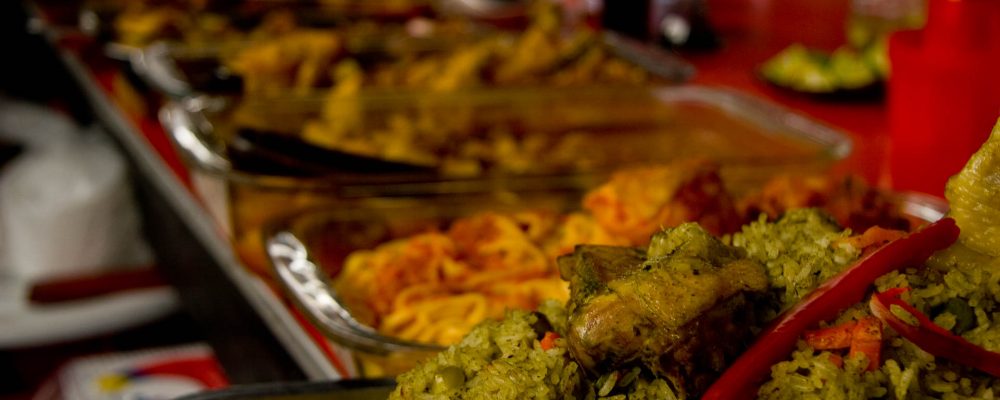
Certainly! Lima, the capital city of Peru, is a vibrant and diverse destination with a rich cultural heritage, delicious cuisine, and a mix of modern and historic attractions. Here are some travel tips to help you make the most of your visit to Lima:
Weather and Best Time to Visit:
Lima has a mild desert climate with low rainfall. The best time to visit is during the dry season, which runs from December to April. This period offers pleasant temperatures and fewer chances of rain.
Altitude Considerations:
Lima is located at sea level, making it an ideal starting point for travelers who are concerned about altitude sickness. However, if you plan to explore other parts of Peru at higher elevations, such as Cusco and Machu Picchu, it’s advisable to acclimate gradually.
Neighborhoods to Explore:
Lima is divided into various districts, each offering a unique atmosphere. Miraflores is a popular neighborhood for its coastal views, parks, and upscale dining. Barranco, known for its bohemian vibe, is filled with art galleries and colorful houses. The historic center is home to many colonial-era buildings and landmarks.
Culinary Delights:
Lima is a food lover’s paradise, and it’s renowned for its gastronomy. Don’t miss trying ceviche, a dish made with fresh raw fish cured in citrus juices. Explore local markets like Mercado Surquillo or Mercado de Surco for an authentic taste of Peruvian ingredients.
Safety Tips:
While Lima is generally safe for tourists, it’s essential to be cautious. Avoid displaying expensive items in public, be wary of pickpockets in crowded areas, and use reputable transportation options.
Transportation:
Lima has a mix of public transportation, including buses and taxis. Use reputable taxi services, or better yet, consider using rideshare apps for convenience and safety. Traffic can be congested, so plan accordingly, especially during peak hours.
Language:
While Spanish is the official language, many people in the tourism industry speak English. Learning a few basic Spanish phrases can enhance your experience and interactions with locals.
Cultural Etiquette:
Peruvians are generally friendly and welcoming. It’s customary to greet people with a handshake and show respect for local customs and traditions. If you’re visiting religious sites, dress modestly.
Explore Historical Sites:
Lima has a rich history, and there are several historical sites worth exploring, such as the Plaza Mayor, the Cathedral of Lima, and the Monastery of San Francisco. These sites provide insights into the city’s colonial past.
Ocean Views and Parks:
Enjoy the stunning Pacific Ocean views by strolling along the Malecón boardwalk in Miraflores. Visit parks like Parque del Amor, which offers beautiful green spaces and art installations.
Remember to check for any travel advisories or updates before your trip, and be open to immersing yourself in the local culture for a memorable experience in Lima, Peru.
FAQ´s
Certainly! If you’re planning to visit Lima, the capital city of Peru, you might have some frequently asked questions (FAQs) in mind. Here’s a guide to help answer some common queries:
Lima has a mild climate, but the best time to visit is during the dry season, which typically runs from December to April. During these months, you can expect warm and sunny weather.
Lima is rich in history and culture. Don’t miss the historic downtown area, where you can explore the Plaza de Armas, the Cathedral of Lima, and the Government Palace. Additionally, the Larco Museum, Barranco district, and Miraflores with its beautiful parks and coastline are worth a visit.
Lima is generally safe for tourists, but like any major city, it’s essential to stay vigilant and be cautious in crowded areas. Stick to well-traveled areas, especially at night, and avoid displaying valuable items openly.
The official currency is the Peruvian Sol (PEN). While credit cards are widely accepted in major establishments, it’s advisable to carry some cash for smaller shops and local markets.
The official language is Spanish. However, many people in the tourism industry, especially in popular areas, may speak English.
Lima has a well-developed transportation system, including buses, taxis, and ride-sharing services. The city is working to improve its public transportation infrastructure. Taxis are abundant, but it’s recommended to use reputable taxi services or ride-sharing apps for safety.
Lima is a food lover’s paradise, known for its diverse culinary scene. Don’t miss trying ceviche, lomo saltado, aji de gallina, and causa. Visit local markets like Mercado de Surquillo for an authentic food experience.
Peruvians are generally warm and friendly. It’s customary to greet people with a handshake and to be polite. When visiting someone’s home, it’s polite to bring a small gift. Tipping is customary in restaurants, and around 10% is typical.
Consider taking a day trip to the ancient city of Caral, the Pachacamac archaeological site, or the nearby beach towns like Punta Hermosa and Barranca for a change of scenery.
It’s recommended to check with your healthcare provider for up-to-date information on required or recommended vaccinations. Generally, routine vaccines and certain travel vaccines may be advisable.
Remember to check travel advisories and stay informed about any current events or developments before your trip. Enjoy your visit to Lima!

